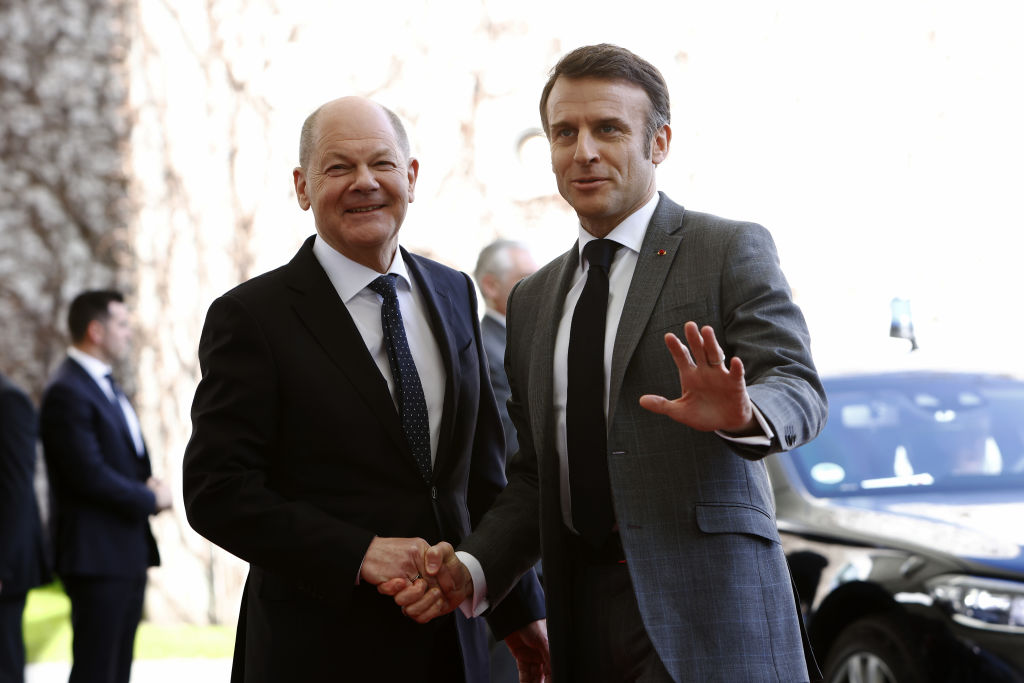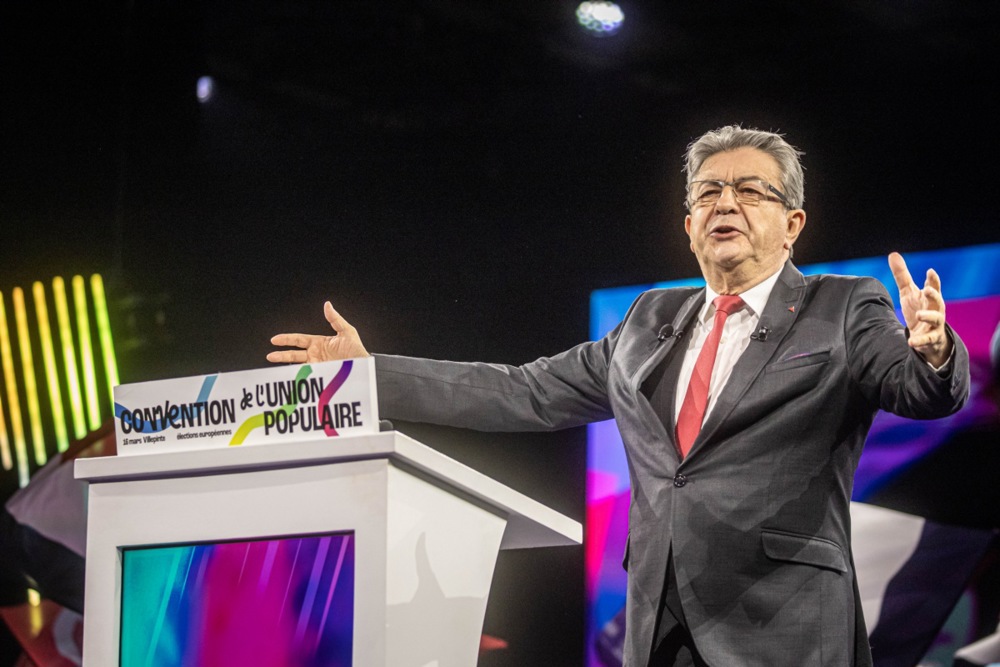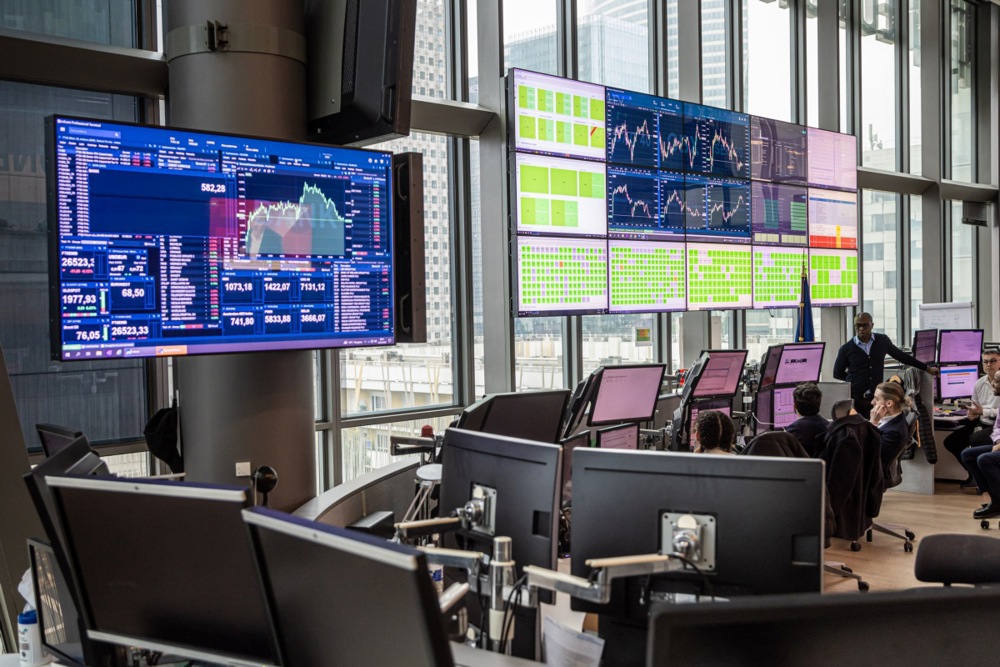According to new Eurostat figures, the European Union’s production of alcoholic beer has declined, while non-alcoholic beer production has risen.
Last year, the EU produced 34.3 billion litres of beer. Compared to 2022, alcoholic beer production fell by 5 per cent, a reduction of 1.7 billion litres.
European brewers have been grappling with a long-term decline in beer consumption driven by health concerns, rising raw material costs and, more recently, disruptions in the cereals trade caused by the Ukraine war.
Belgian brewers experienced significant drops in both consumption and export in 2023, despite Belgium’s strong beer culture.
Similarly, beer consumption in Germany, the Netherlands and the Czech Republic has also declined.
Belgian brewers had a lousy 2023 as both consumption and export significantly dropped, despite the country’s reputation as a paragon of beer production. https://t.co/zebC36grI1
— Brussels Signal (@brusselssignal) June 13, 2024
Cedric Dautinger, a zythologue – beer expert – and editor-in-chief of beer magazine Beer.be, said he outlook for beer producers across the EU was not all bleak.
“A distinction must then be made between industrial beer, where volumes are falling every year due to a lack of interest from young and new consumers, and craft beers, which have been on the rebound for the past 10 years,” he told Brussels Signal.
Another key finding published by Eurostat was the increase in non-alcoholic beer production.
In Europe such output has increased by 0.2 billion litres, now comprising 13.5 per ent of total beer production.
The Brewers of Europe, which includes 29 national brewing associations, has reported that non-alcoholic beer now represented more than 5 per cent of the European beer market in 2023.
“When breweries have reached the majority of their target audience, who already drink beer … the only way to increase this audience is to offer something else,”said Dautinger.
He noted that hard seltzers – fizzy alcoholic drinks – had attracted a younger, more female demographic but now, the trend has shifted towards alcohol-free beverages, appealing to young people, responsible drivers, parents and those who want the taste of beer without the alcohol.
Additionally, economic pressures are prompting beer consumers to explore other alcoholic beverages, such as wines and prosecco, which are gaining popularity.
Dautinger highlighted the financial impact of current tough economic conditions on consumers, stating: “These crises are affecting the wallets of beer consumers, leading them to buy less and sometimes turn to new horizons like the growing market for unadulterated [purest] wines.”
Despite its growth, the non-alcoholic beer market faces challenges, including health concerns over higher amounts of sugar used to enhance flavour and body in the absence of alcohol.
Amid these evolving consumer behaviours, market dynamics and repeated economic crises in certain European countries still continue to dominate the alcoholic beer market.
Germany remains the EU’s largest beer producer, accounting for 22.3 per cent of the bloc’s production, followed by Spain at 12.4 per cent and Poland at 10.88 per cent.

Trade data also revealed that the Netherlands continued to be the EU’s leading beer exporter as France remained the top importer of beer containing alcohol in 2023, representing 17.1 per cent of the EU total.
The Netherlands’ accounts for 21.5 per cent of the total EU countries’ beer exports. Compared with 2022, the Dutch saw a decrease of 0.1 billion litres in beer exports.





